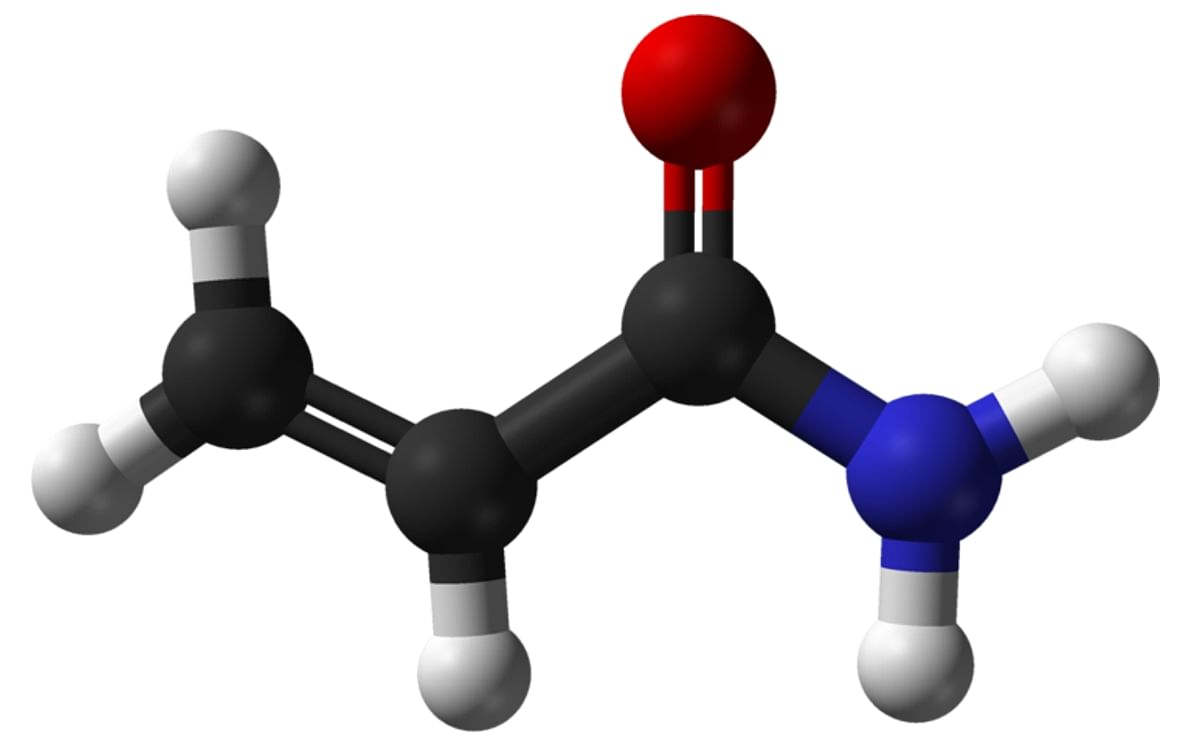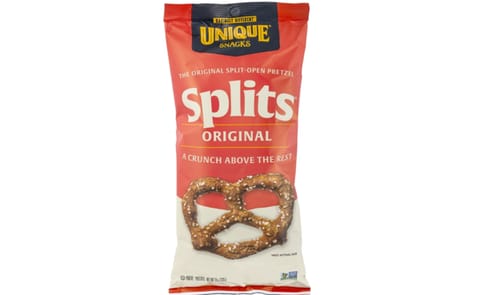EFSA finds lower acrylamide content in Potato chips
Solapas principales
EFSA finds lower acrylamide content in Potato chips

Commission Recommendation 2007/331/EC on the monitoring of acrylamide levels in food of 3 May 2007 requires the Member States to perform annually in 2007, 2008 and 2009 the monitoring of acrylamide levels in certain foodstuffs. These data have to be transmitted directly to EFSA by 1 June each year.
Member States were invited to sample altogether approximately 2000 foods in the following food categories: ‘French fries’, ‘potato crisps’, ‘potato products for home cooking’, ‘bread’, ‘breakfast cereals’, ‘biscuits’, ‘roasted coffee’, ‘jarred baby foods’, ‘processed cereal-based baby foods’ and ‘other products’. Results reported for foods sampled in 2007 have been collected and evaluated.
A total of 21 Member States and Norway submitted results for acrylamide content in foodstuffs. There were 2715 results reported for foods sampled in 2007, with a minimum of 76 reported for ‘processed cereal-based baby foods’ and a maximum of 854 reported for ‘other products’. The arithmetic mean acrylamide content ranged from 44 µg/kg for ‘jarred baby foods’ to 628 µg/kg for ‘potato crisps’ with the equivalent geometric mean of 31 µg/kg and 366 µg/kg. The highest 95th percentile value was reported for ‘potato crisps’ at 1690 µg/kg and the highest maximum for ‘other products’ at 4700 µg/kg.
The 2007 results were compared with results collected by the European Commission Joint Research Centre’s Institute for Reference Materials and Measurements in the years 2003 to 2006. There were 9311 results reported for foods sampled in 2003-2006. There were only eight results reported for the food category ‘jarred baby foods’ and they were not included in the comparison. The arithmetic mean acrylamide content ranged from 55 µg/kg for ‘cereal-based baby foods’ to 678 µg/kg for ‘potato crisps’ with the equivalent geometric mean of 35 µg/kg and 514 µg/kg. The highest 95th percentile value was reported for ‘potato crisps’ at 1718 µg/kg and the highest maximum for ‘other products’ at 7834 µg/kg.
There were some statistically significant differences between the two sampling occasions. Thus the product categories ‘biscuits’, ‘breakfast cereals’, ‘French fries’ and ‘potato products for home cooking’ showed higher contents of acrylamide in 2007 compared to 2003-2006, while on the other hand ‘coffee’, ‘bread’, ‘potato crisps’ and ‘other products’ showed lower contents. There was no statistically significant difference in acrylamide content for ‘cereal-based baby foods’. Lower acrylamide content in the product categories ‘bread’ and ‘coffee’ contributed most to an approximately 30% decrease in acrylamide exposure based on detailed consumption data from two countries.
The food industry has developed voluntary measures, such as the so-called ‘toolbox’ approach, which provides guidance to help producers and processors identify ways to lower acrylamide in their respective products. After evaluating the data, there seems to be a trend towards lower exposure. This trend is not uniform across food groups and therefore it is not yet clear if the acrylamide toolbox had its desired effects. However, the acrylamide levels in particular for potato crisps and bread seemed to have decreased over time from an arithmetic mean of 678 to 628 µg/kg (514 to 366 µg/kg for the geometric mean) and from 274 to 136 µg/kg (122 µg/kg to 66 µg/kg for the geometric mean), respectively. The latter decrease may in part be due to changes in crispbread processing implemented by industry. A decrease from 427 to 253 µg/kg (327 to 177 µg/kg for the geometric mean) in the acrylamide content in coffee might have been caused by an initial overestimation, because there are no suitable mitigation measures for coffee so far.








